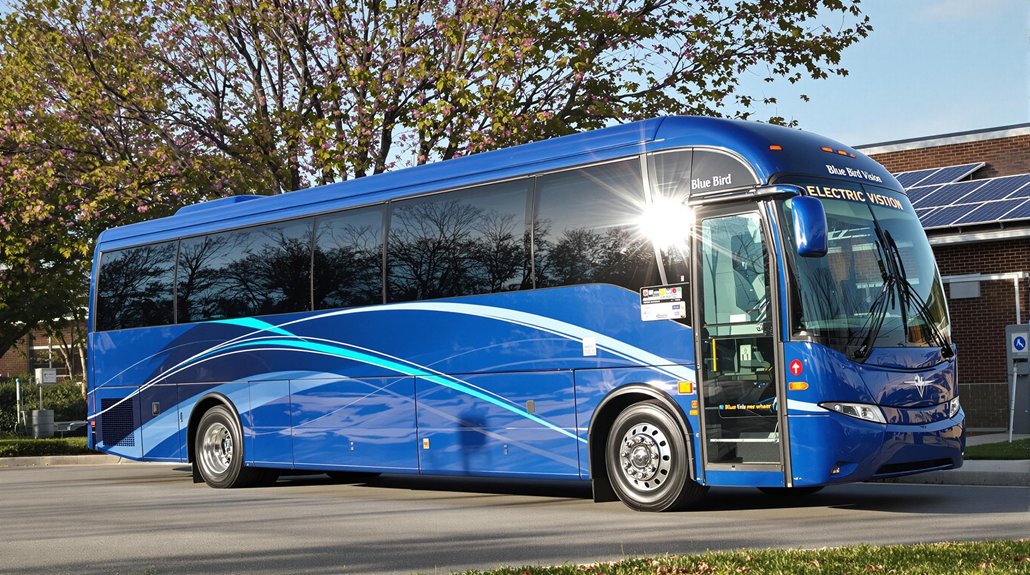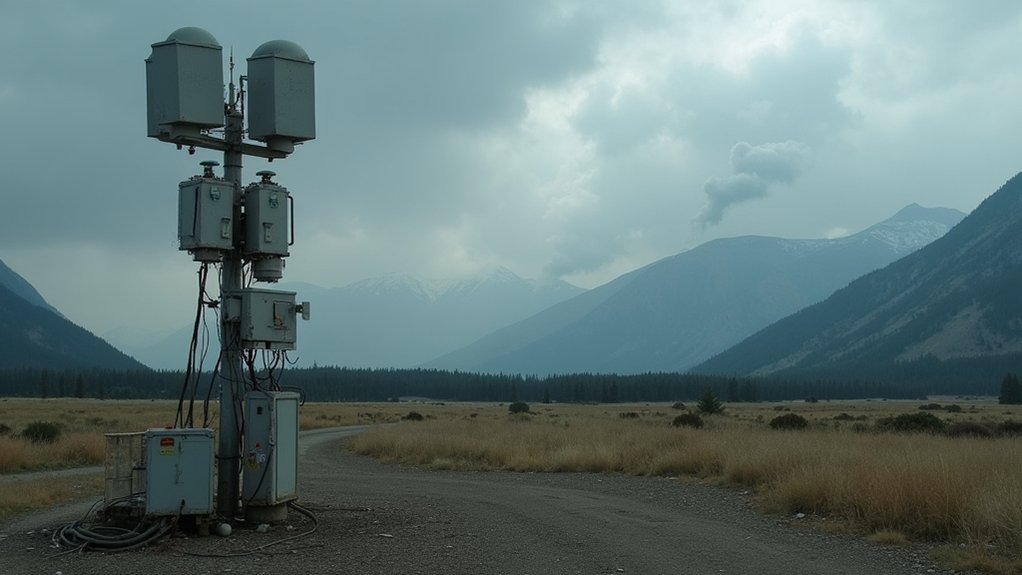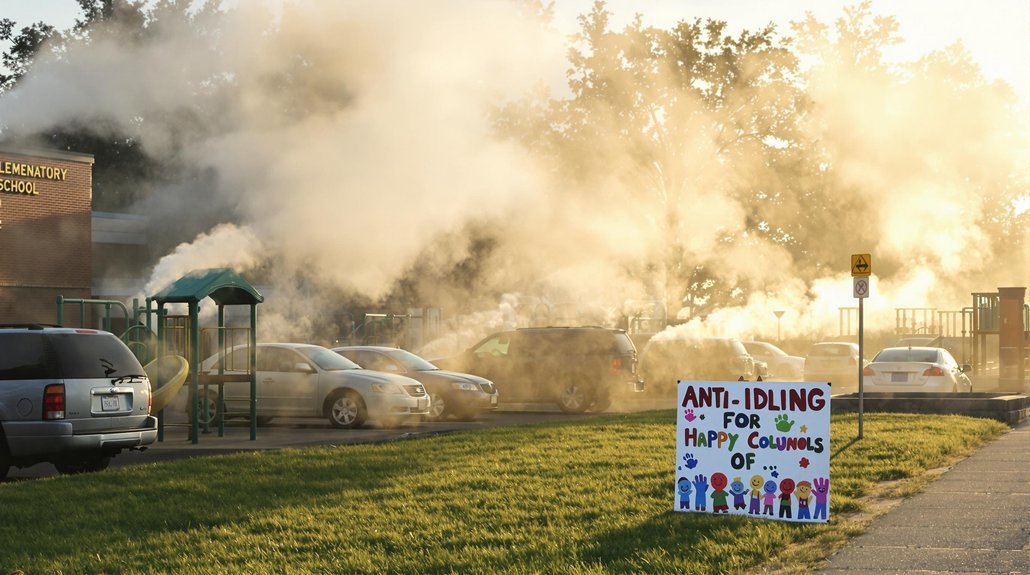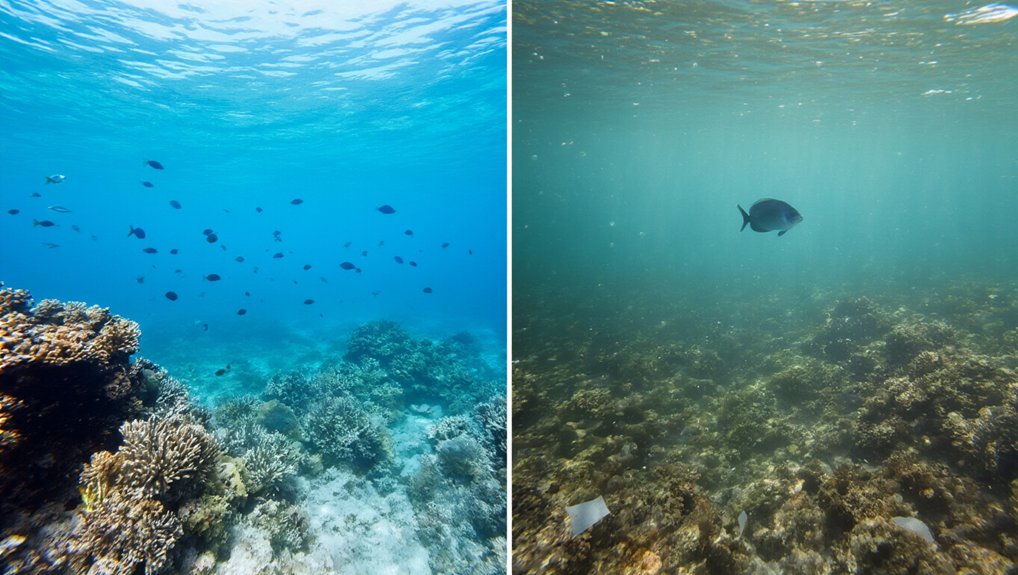Little Rock School District is charging ahead with the state’s largest zero-emission school bus fleet. The district recently welcomed 25 Blue Bird Vision electric buses, making it the 8th largest electric school bus service in the nation. About time someone in Arkansas decided to ditch those diesel fumes.
These shiny new vehicles aren’t just for show. Each bus can travel 130 miles on a single charge and recharges in just two hours. That’s plenty of juice for the daily 1,400-mile trek transporting around 500 students. No more waiting for the bus driver to finish that cigarette while the diesel engine idles, spewing toxins into the morning air.
The price tag? Over $9 million from the EPA’s Clean Bus Program. Worth every penny, if you ask the kids who no longer inhale diesel particulates on their way to math class. The district partnered with Blue Bird Corporation and Central States Bus Sales to make it happen. City officials showed up for the announcement, enthusiastic to take credit for something actually good for a change.
Special needs students are the primary beneficiaries. The buses offer quieter, smoother rides without the constant rumble and stink of diesel engines. The zero-emission vehicles represent a significant improvement in transportation for this vulnerable student population. In total, more than 19,000 students district-wide will benefit from the clean transportation solution. If you’re having trouble accessing this story, make sure JavaScript is enabled in your browser settings.
The district expects to save about $100,000 annually on fuel costs. Money talks. Pollution walks. The fleet’s zero tailpipe emissions mean improved air quality for the surrounding neighborhoods too. This initiative aligns with the broader trend where EV sales increased by 25% in 2024 across the country.
Little Rock’s bold move positions the district as a leader in sustainable transportation. State officials are already pointing to this project as a model for future clean energy investments. Other Arkansas districts are taking notice. They’re watching. Maybe feeling a little jealous.
For a state not exactly known as an environmental trailblazer, this fleet represents something significant. Students can breathe easier. Communities get cleaner air. And maybe, just maybe, other schools will follow Little Rock’s electrifying example.
References
- https://www.lrsd.org/article/2345224
- https://katv.com/news/local/little-rock-school-district-debuts-eco-friendly-electric-buses-for-special-needs-students
- https://www.instagram.com/p/DNGoevQPrmC/
- https://cleantechnica.com/2025/08/08/blue-bird-delivers-electric-school-bus-fleet-to-little-rock-school-district-in-arkansas/









